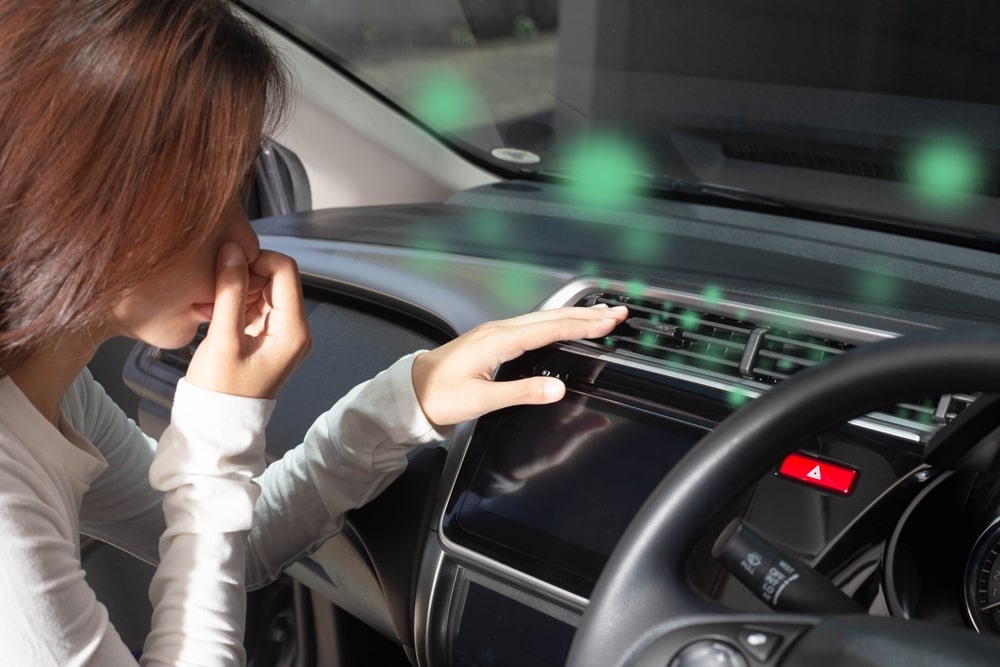The air quality inside a car is often worse than the air quality outside, and there are several reasons for this:
- Recirculation of Pollutants:
- Cars take in emissions from surrounding vehicles and recirculate them within the cabin.
- Because vehicles are not built to be completely airtight, pollutants can enter the car through air vents and other openings.
- Higher Concentrations of Pollutants:
- Roadway concentrations of vehicle-related pollutants are typically several times higher than ambient (outdoor) concentrations.
- Levels of some pollutants and toxic compounds can be nine to twelve times higher inside vehicles than alongside the road.
- Composition of Vehicle Exhaust:
- Vehicle exhaust contains dangerous pollutants, including:
- Nitrogen dioxide (NO₂): A harsh-smelling gas that can cause breathing problems, lung irritation, and lower resistance to respiratory infections.
- Ozone (O₃): Toxic at ground level, it is a major lung irritant and a component of smog.
- Carbon monoxide (CO): A colorless, odorless, poisonous gas that can cause dizziness, fatigue, and confusion.
- Increased Time Spent in Cars:
- Globally, time spent on the road is increasing due to factors like urbanization and traffic congestion.
- As traffic worsens, both vehicle interior and outdoor pollution concentrations rise.
In summary, the air inside a car is worse due to pollutant recirculation, higher concentrations, and the composition of vehicle exhaust. It’s essential to maintain good air quality inside your vehicle for your health and well-being

